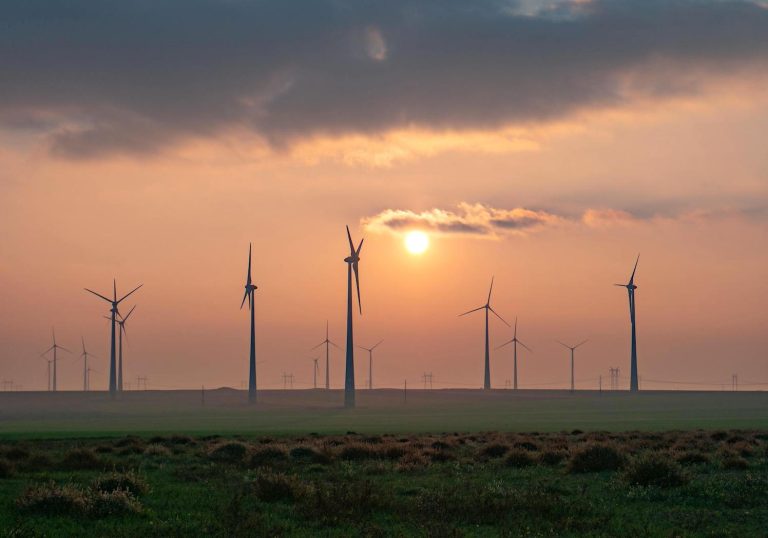
As I mentioned in my latest post on July 20, a lot of data is accumulating about the lack of progress in the so-called “green economy.” [emphasis, links added]
Those who think about this question have long known that the transition to “net-zero” energy is a fantasy that will not happen. But the question remains how this frenzy will end.
Will climate fanatics’ net-zero fantasies run full steam ahead until they hit the wall of physical reality (like a blackout)?
Or on the contrary, Will these illusions fade as the government responds to voter pressure on cost and convenience?what happens when investors withdraw because the project cannot be a financial success?
A July 30 article by John Miltimore of the American Institute for Economic Research supports the second option. The title is “Why the 'green economy' is suddenly in retreat in the EU, US and Wall Street.”
Meanwhile, New York, for now at least, remains bent on total collapse.
Miltimore's article draws on data from multiple sources, notably the recent EU elections, EU regulatory changes and the actions of major US investors.
The most important content of this article involves the withdrawal of several of the largest fund management companies in the United States from the “Climate Action 100+” program.
Climate Action 100+ describes itself as “An investor-led initiative to ensure that the world’s largest emitters of greenhouse gases take appropriate action on climate change to mitigate financial risks and maximize the long-term value of their assets.”
But in recent months it seems Some of the biggest investors have decided to change tack.
JPMorgan Chase and State Street “Withdraw all funds” 100+ commitments from Climate Action, and their larger colleagues BlackRock “Reduced holdings and scaled back ties with the group.”
Miltimore cited a February New York Times article quantifying the various withdrawals: “all in all, The moves amount to a nearly $14 trillion exit from a group that aims to consolidate Wall Street influence to expand the climate agenda“. Fourteen trillion dollars is a big number to anyone.
On the European front, Miltimore cited the results of June's EU parliamentary elections and various regulatory backtrackings before and after the elections.
He (fairly) described the parliamentary election results as a “green wave” for the various Green parties, singling out the disastrous results for the German Greens in particular: “In Germany, the core country of the European green movement, the Green Party’s support dropped sharply from 20.5% in 2019 to 12%.”
He then assembled a list of various climate-related regulatory initiatives stalled or scrapped in the EU, including new restrictions on pesticide use; proposed bans on PFAS (per- and polyfluoroalkyl substances); limits on new industrial emissions (restrictions on industry were eventually relaxed and adjusted to exclude cattle ranching altogether); and new deforestation laws.
At the same time, national efforts to ban burning vehicles, restrict swimming pool heating, and require electric heating in homes have caused significant popular resistance, if not repeal of these regulations.
My comment is that much of Europe – especially the UK and Germany – is already past the stage where further substantial emissions reductions can be achieved at reasonable cost.
Further efforts to increase the proportion of “renewable energy” in power generation will lead to rapid increases in electricity prices. A reckoning can only be avoided if politicians abandon their existing mandates.
New York lags far behind Europe in actually implementing its energy transition fantasies. Our Climate Leadership and Community Protection Act, enacted in 2019, mandates the transition, with the first major deadline (70% of electricity generated from “renewable sources”) set for 2030. Very far away.
Now in 2024, most of the facilities needed to achieve the “70 x 30” target must be under construction to meet the deadline, but almost none of them are.
In a July 26 post, I published a report I co-authored warning New Yorkers not to switch to electric heat unless politicians show they have a solid plan to provide the necessary power.
As my co-authors and I write this report, our Public Service Commission is working on its own report, the Biennial Review of Clean Energy Standards (Item 30 of this PSC docket).
Below is a summary from PBS. Key quotes:
New York is expected to ramp up renewable energy production in the coming years but is unlikely to meet key climate goals, according to official comments released last week. The state's climate law passed in 2019 stipulates that by 2030, 70% of New York's electricity will come from renewable energy sources such as wind and solar power, which will greatly help curb the state's climate-warming emissions. However, New York may only be able to generate about 45% of its electricity needs from renewable energy by the end of the decade, well below its commitments, according to a review by the Department of Human Services and the state Energy Agency.
Even the quoted 45% figure is a fantasy, consisting mostly of a power plant in Niagara Falls that existed before all this energy transition grandstanding. So far, all our politicians are in denial.
The only slight concession to reality is some talk Maybe push the 2030 deadline back a few years, to 2033, for example.
the fact is Achieving the 70% target in 2033 is no closer than in 2030and is never satisfied because (as noted in my report) They need “dispatchable emission-free resources” but such resources do not exist and will not exist.
So at least for now, New York is charging forward full force against the wall of reality.
Top photo of Governor Kathy Hochul via Forbes/YouTube screencap
Read more from Manhattan Contrarian
